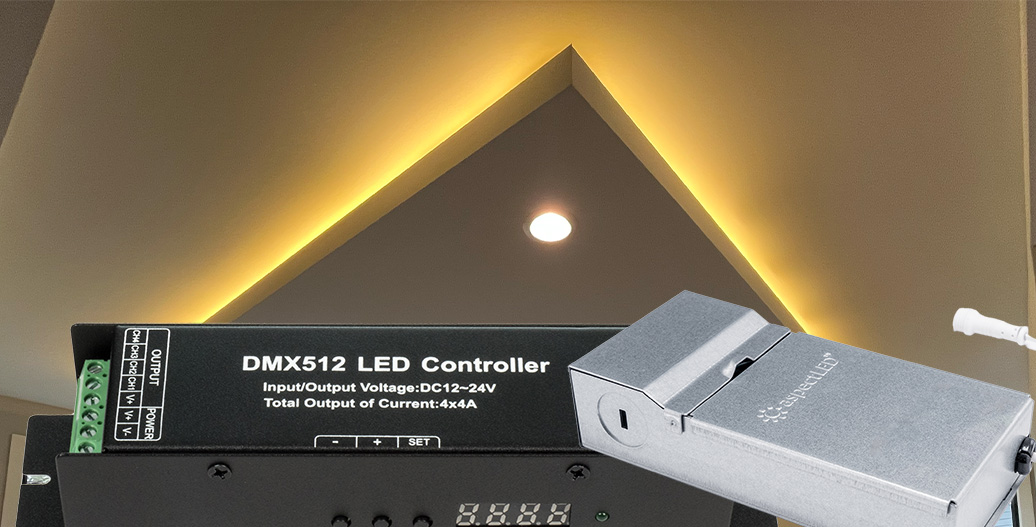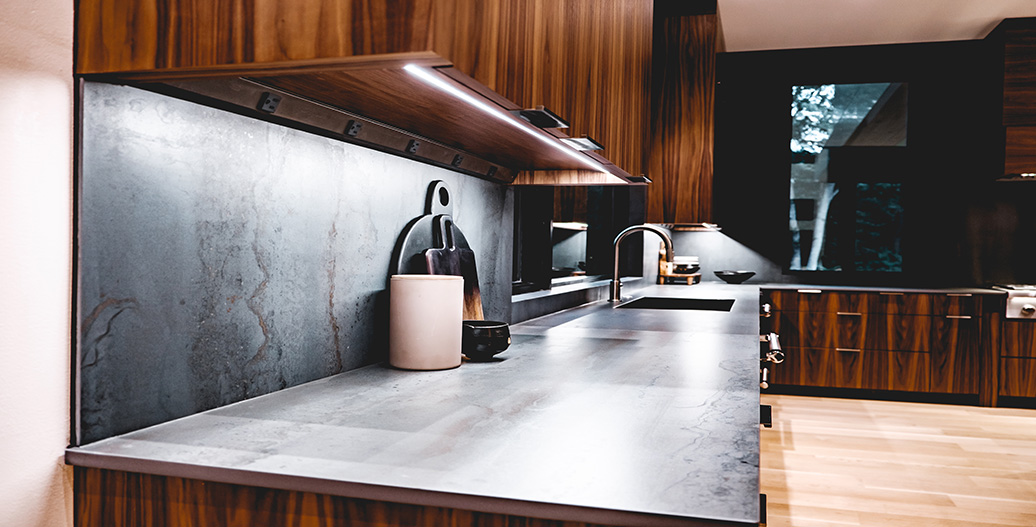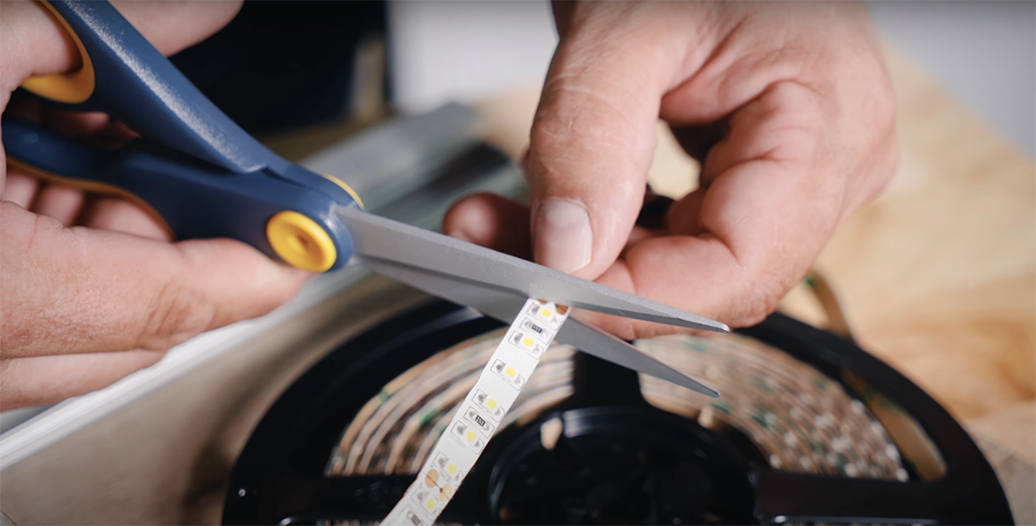What is an LED Driver and Why You Need One to Power Your Lights
At aspectLED, we understand that when it comes to controlling the light in your home or commercial space, terms like "driver" might not be the first thing that comes to mind. Or when you open up the boxes to your brand new recessed lights and you see this big chunk of metal and think, “what is this for?” Well, in the world of lighting, an LED driver plays a crucial role in regulating both voltage and, more importantly, the current flowing to a specific light source. That's why we refer to them as drivers rather than power supplies. Unlike power supplies that maintain constant voltage, LED drivers control both voltage and current. So, let's dive into what this means and why using an LED driver is essential for powering your LED lights.
Why you need to use an LED driver
First and foremost, it's important to understand the difference between alternating current (AC) and direct current (DC). The power that comes through standard electrical lines is AC, characterized by a sinusoidal waveform and usually operating at 120 volts. However, LED lights require DC, typically at much lower voltages ranging from 3 to 24 volts. This is where an LED driver comes into play. Its primary purpose is to step down the voltage from the power source to the level required by the LED lights, ensuring they operate efficiently and safely.
But that's not all an LED driver does. LED lights are sensitive components that can draw excessive power, which can lead to their destruction. This is where the second crucial role of an LED driver comes in - current limitation and LED protection. The LED driver acts as a safeguard, limiting the amount of current flowing through the LED and ensuring it receives only the specified amount of current. This helps prevent damage and ensures optimal performance.
Another important consideration when using LED lights is matching the right driver to your specific light fixture. Different LED lights have varying requirements in terms of current and voltage. Using the wrong driver for a particular light can have adverse effects. For example, using a driver designed for a smaller LED light on a larger one may cause the larger light to burn out. Conversely, using a smaller light's driver on a larger one may result in dim illumination due to insufficient power. So, it's vital to match the driver to the specific light fixture to ensure proper functionality and longevity.
Clearing the air: Driver vs. Power Supply vs. Transformer
Now, let's clarify the distinctions between a driver, a power supply, and a transformer.
A driver, as discussed earlier, primarily limits current and voltage for a single light. It ensures that the individual LED receives the appropriate amount of power without exceeding its limitations. On the other hand, a power supply, in the context of aspectLED lights, is a device capable of accommodating multiple lights. It maintains a constant voltage, such as 12 volts DC or 24 volts DC, allowing for the addition of multiple lights. The limitation here is the power supply's wattage, which is determined by the product of current and voltage.
As for transformers, while the term may be somewhat antiquated and not commonly used at aspectLED, generally, it refers to a device that transforms power from one level to another. In this context, it might be better to use the terms "driver" or "power supply" for clarity.
In conclusion, understanding the role of LED drivers is crucial when considering new recessed lighting. By matching the right driver to your LED lights, you ensure proper functionality, longevity, and optimal performance. With aspectLED, you can trust that our team of LED lighting experts is here to guide you in finding the best LED lighting solutions for your specific needs. As you embark on your journey to illuminate your space with LED technology, keep in mind the importance of this often-overlooked component - the LED driver. With aspectLED's Minnesota-based operations and fast shipping, you can rest assured knowing you're in good hands with our team of experts.








